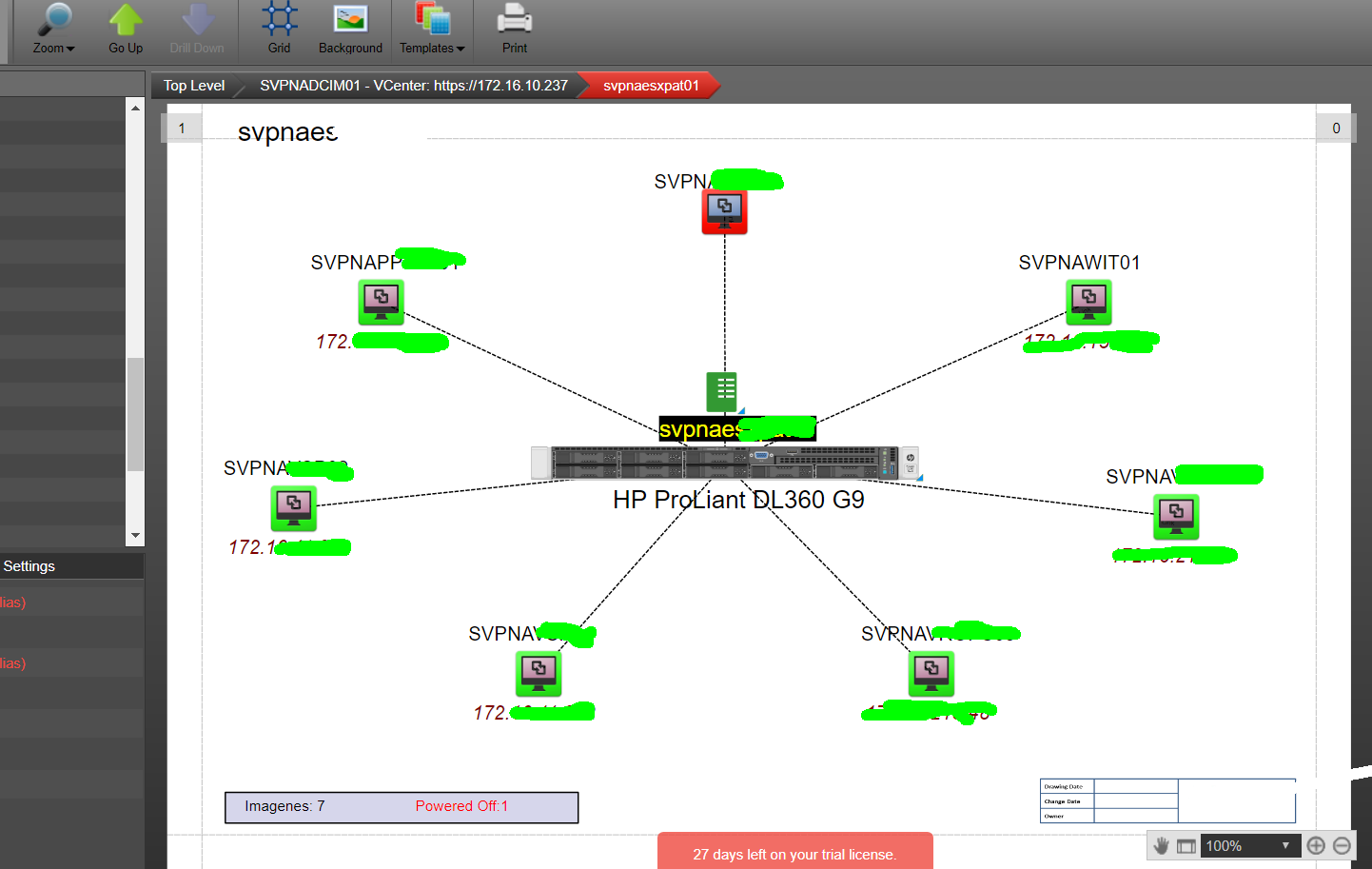
During our users summit this past May, we uncovered some truly fantastic projects from our customers. Over the course of the 3-day event, we saw great examples of automation using our API, we discussed some cool fiber plant deployments, touched upon CFD (computational fluid dynamics) integrations with netTerrain, but one project was, truly, the absolute cream that rose to the top.
What is it…?
A full-fledged, end-to-end DCIM implementation from Acciona Energía, a global renewable energy provider headquartered in Pamplona, Spain.
We already posted an interview I had with Acciona’s technical manager of communications, and during the summit he also had the chance to showcase his project in front of fellow netTerrain users.
 Javier Iriarte showcases his project at the May 2019 netTerrain users summit
Javier Iriarte showcases his project at the May 2019 netTerrain users summit
This project is so good that the other users in attendance appeared almost skeptical that such a thing was even possible! After the presentation, they surrounded Javier, the presenter, and showered him with questions mainly starting with the word ‘how’…
Perhaps the title of this blog, “Is this the best DCIM implementation ever?” is a bit provocative (and also too convenient, considering that I do write on behalf of Graphical Networks, a DCIM vendor). After all, I am implying that this project I am talking about is the ‘best Data Center Infrastructure Management implementation ever, period’ (and not just for Graphical Networks and our netTerrain DCIM software package).
You may ask: is this guy qualified to make such a big statement?
Honestly, I don’t know (at least not in detail,anyway), the in’s and out’s of DCIM implementations from other vendors — so, right there my question “Is this the best DCIM implementation ever?” seems almost too arrogant and too self-serving.
One thing I do know, however, is some of the key areas in which other DCIM vendors are lacking (as we routinely beat them in these areas). The other thing I know is this: we are constantly replacing failed DCIM implementations for customers that had a legacy DCIM solution.
With all of that said, I can say this: if I have a customer that is taking advantage of some of our most advanced features to automate the DCIM function in their data center and then some, I can confidently say that –even if there are successful implementations from our competitors out there– this one will give even the very best DCIM vendors a pretty good run for their money.
You may ask: why is this project so good?
My answer: because of, well, everything?
This project has beautiful physical and logical network diagrams, as well as physical and logical device representations that, when they change in one diagram, automatically change in any other view by means of netTerrain aliases.
The project also includes integrations to multiple major third-party systems, uses our native SNMP discovery to update device, port and link status and utilizes the API to monitor and notify in real-time any important changes in the facility, power distribution and cooling.
The best part?
It was all done on-time, within budget, and –for a moderately-sized pair of data centers– it cost well below 6 figures on the netTerrain side (including Graphical Networks’ services).
Integrations
This project uses several integrations to well-known third-party systems with the purpose of automatically updating diagram data, leveraging those systems and, at the same time, giving users a faster way to troubleshoot by navigating to problem areas directly in netTerrain.
These integrations are done through our built-in connectors available with the netTerrain collector.
The integrations include:
- ServiceNow, to bring in properties for devices and other assets
- VCenter, to import and update physical host and virtual machine data
- Spectrum, to update device properties and status information
 VCenter integration with netTerrain
VCenter integration with netTerrain
Discovery
This project also takes advantage of our native discovery engine, including device discovery, port status & link monitoring. The reason for this is that although plenty of automation is already achieved from the connectors mentioned above, not all status information and all assets are discovered by these third-party tools. For instance port status of the core network is obtained through our SNMP discovery.
 SNMP-based link status monitoring in logical views
SNMP-based link status monitoring in logical views
API
Perhaps the greatest accomplishment of this project was the level of automation reached for the facilities monitoring, or what Acciona calls “General Services” by means of the API.
Built on an API client that reads data from cooling, power and facilities systems and assets and feeds the results directly into netTerrain, these integrations enable real-time notifications and diagram visual overrides triggered by changes in status values. They also automatically update power & temperature readings from panels in real-time, which change colors automatically in the corresponding netTerrain diagrams.
 Real-time cooling system monitoring
Real-time cooling system monitoring
In sum, this project provides a unified graphical umbrella to visualize and monitor the entire data center life cycle from cooling and power provisioning to rack power, network devices, servers, and virtual environments.